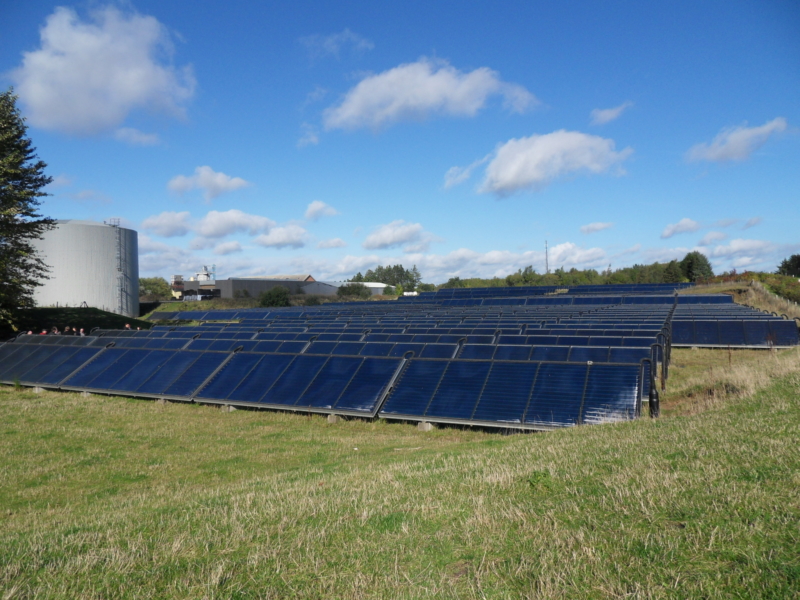Once a large solar field is set up at its designated location, what tests can be conducted to show that it performs as expected? Soon, the IEA Solar Heating & Cooling Programme may have an answer to this question, as it is working on internationalising Denmark’s testing procedure. No decision has been made on whether the procedure will become part of a full-fledged standard or be turned into a technical specification.
Two tasks of the IEA Solar Heating & Cooling Programme have been involved in drafting a proposal for a new ISO standard to cover solar energy, collector fields and performance testing: Task 55 ,Towards the Integration of Large SHC Systems into District Heating and Cooling Networks, and Task 57, Solar Standards and Certification.
Jan Erik Nielsen, who works at PlanEnergi, a Danish consultancy, and has his own firm called SolarKey, has been in charge of exploring the possibility of designing a new standard, mainly based on three sources:
- The collector test methods described in the recently published ISO 9806:2017
- Performance guarantee – Collector field power output, a fact sheet created by Task 45, Large Systems: Large Solar Heating and Cooling Systems, Seasonal Storage, Heat Pumps
- Yield data from the long-term operation of large solar thermal fields in Denmark (see http://www.solvarmedata.dk)
Is a new standard coming? In October and December 2017, basic ideas for a new standard were presented during ISO and CEN technical committee meetings. The CEN committee’s subsequent vote on a rough draft showed that the proposal should not be viewed as a guarantee but rather a performance test and that it will be turned into a technical specification and not a full-blown standard. In regard to ISO, it has yet to be made clear whether it will become a technical specification or a standard. The ISO committee is awaiting a new draft and will come to a decision at its next meeting in September 2018.
Full article on Solarthermalworld
Text and Foto: Riccardo Battisti
